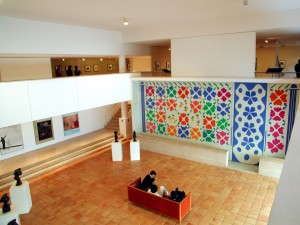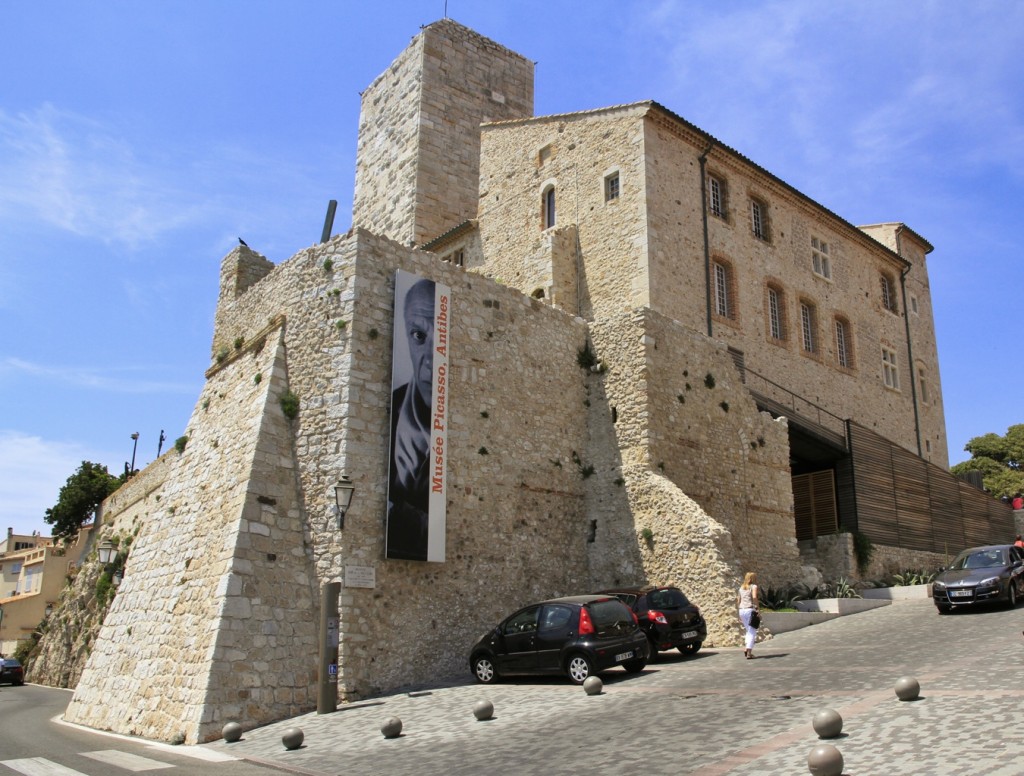If I were to tell a random person on the street back home that I spent a semester in Antibes, the first thing they’d say to me is, “Where’s that? And who are you?” I would laugh and tell them, “Names are just labels, stand here so I can keep talking at you.”
Then I’d explain that Antibes is a gorgeous little beach town in the French Riviera, nestled right between Nice and Cannes. This would obviously trigger their memory, and they would recall the plethora of knowledge they have on the city and the beautiful art it has produced throughout history.
In all seriousness, though, one of the things Antibes, the French Riviera, and really the Provence region in its entirety are known for is art. A number of famous artists flocked to the Riviera in their heyday in order to capture scenes of blue Mediterranean waters lapping against hilly coastlines, with the lights of medieval cities twinkling in the distance.
These artists, such as Pablo Picasso, Paul Cézanne, Marc Chagall, Henri Matisse, and Claude Monet – to name a few – came here because they were entranced by the unique colors and light of the Mediterranean and how they would translate onto canvas.
Over the course of the semester, we have visited our fair share of museums, and one of my favorites is the Musée Matisse in Nice. This colorful building is a national museum and has one of the world’s largest collections of his works. The rooms are spacious and they put their access to the beautiful natural light to good use; there is life around every corner and Matisse’s vibrant spirit is captured.
 |
| One of the bigger rooms in the museum. |
Matisse moved to Nice in 1917, beginning what is known as his early Nice period, which ended in 1930. He moved there to put distance between himself and the wartime activity that was taking place at the time, and to surround himself with clear light and bright, warm colors as a way of keeping his spirit from becoming stifled. This tactic was evidently successful, and he produced a number of famous works during this period.
 |
| Musée Matisse |
Another incredible museum is the Musée Picasso, very conveniently located right in the heart of Antibes, steps away from the beach, the ports, and the Marchée Provençale. This museum is perched upon a small hill, and overlooks the dazzling Mediterranean that Picasso loved so much and drew so much inspiration from.
 |
| Musée Picasso and the area surrounding it is so beautiful. |
In 1923, Romuald Dor de la Souchère, a French, Greek, and Latin professor, began archaeological research in Antibes. In 1924, he founded a society for the friends of the Antibes museum, as he worked to uncover the history of the region and eventually establish a historical and archaeological museum. The city of Antibes purchased what was then known as the Grimaldi castle in 1925, (the Grimaldis being known for their rule of Monaco), and made Romuald Dor de la Souchère the first curator of the new museum. In 1945, Pablo Picasso visited the museum, and in 1946, Romuald Dor de la Souchère invited him to use one of the rooms as his workshop.
 |
| Inside the Picasso Museum |
Picasso enthusiastically accepted. His time there was highly successful, and upon his departure in 1946, he left 23 paintings and 44 drawings to the city of Antibes. Some of his more famous works in the collection include La Joie de Vivre, Satyre, Faune et Ceinture au Trident, Le Gobeur d’Oursins, La Femme aux Oursins, Nature Morte à la Chouette et aux Trois Oursins, and La Chèvre, to name a few. The Musée Picasso boasts about 250 works by Picasso himself, and pays a beautiful homage to an artist as inspirational as the location in which he worked.
Charlotte Walker is the Fall 2014 CEA MOJO in French Riviera. She is currently a Junior at Northeastern University.







